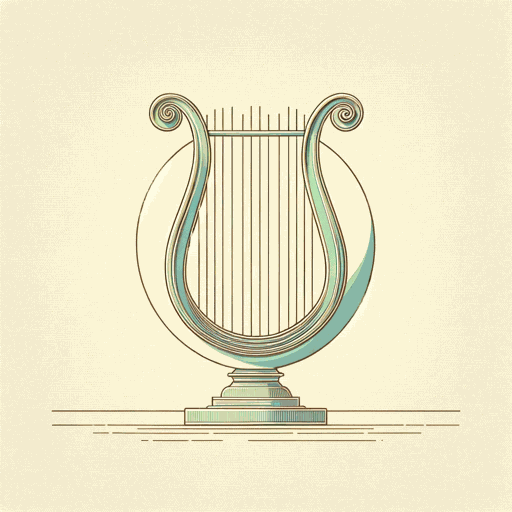26 pages • 52 minutes read
Thomas GrayElegy Written in a Country Churchyard
Fiction | Poem | Adult | Published in 1751A modern alternative to SparkNotes and CliffsNotes, SuperSummary offers high-quality Study Guides with detailed chapter summaries and analysis of major themes, characters, and more. For select classroom titles, we also provide Teaching Guides with discussion and quiz questions to prompt student engagement.
Background
Literary Context
“Elegy Written in a Country Churchyard” is not just an elegy—it is an elegy written for a poet. At the end of the poem, the speaker offers consolation for his own death, making this poem a self-elegy. Nonetheless, as Gray’s elegy treats the death of a poet it is therefore one of what Sally Connolly terms “genealogical elegies.” Much like a family tree, elegies written for dead poets form “a branching and intersecting tree of influence and indebtedness” (Connolly, Sally. Grief & Meter. University of Virginia Press, 2016, p. 5). More than any other type of poem, elegies written for poets are descended from and relate to other elegies written for poets. As a result, to understand the literary context for Gray’s poem, the reader must understand a bit about this family tree of elegies written for poets.
The father-poem of Gray’s elegy is “Lycidas” by John Milton who established the tradition of writing an elegy for a fellow poet. As well as borrowing from the traditional themes and tone of “Lycidas,” Gray mentions Milton by name halfway through the poem. Milton also established the pastoral tradition in English elegy (in other words, the practice of setting an elegy in the countryside). Gray picks up on both these things and also adds something new: a formal dimension to English elegy.
Related Titles
By Thomas Gray



